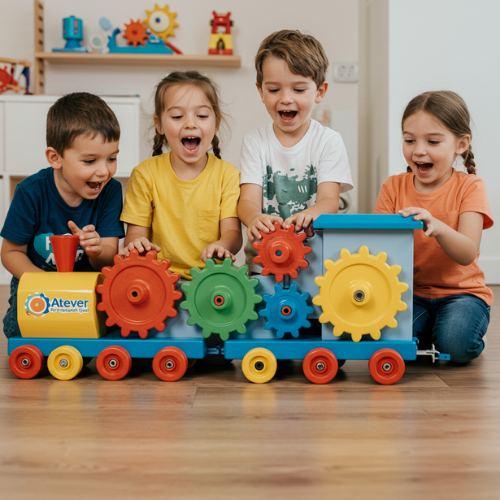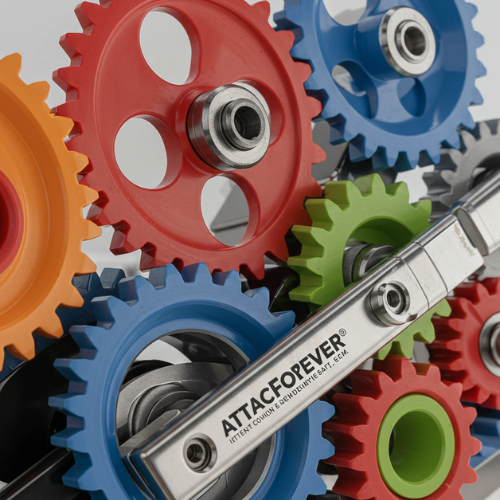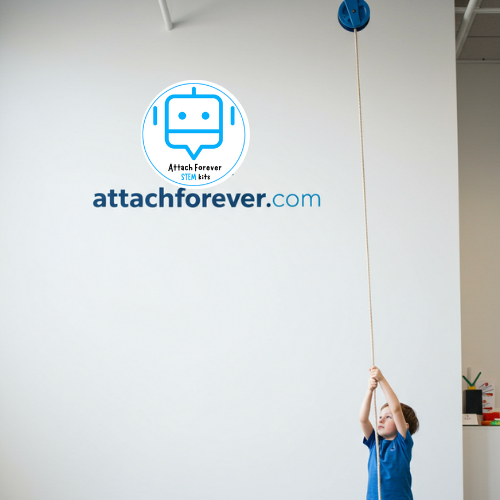Attachforever
World of Simple Machines / 10 lessons / 8-11 Years
World of Simple Machines / 10 lessons / 8-11 Years
Couldn't load pickup availability
The fundamental principles of simple machines: levers, pulleys, gears, wheels & axles, and inclined planes.
How simple machines reduce effort by changing the direction or amount of force needed to move an object.
Real-world applications: Where simple machines are used in everyday life (e.g., scissors, elevators, bicycles, ramps).
How different machines work together in mechanical systems (e.g., how pulleys and gears work in cranes).
Activities:
1. Build a Lever
Objective: Understand how levers help lift heavy objects with less effort.
Materials: Ruler, block (as a fulcrum), small objects (coins, erasers, toy cars).
Experiment:
Place the ruler on the block and balance it.
Try lifting a small object by pressing down on one end.
Move the fulcrum closer to the load and observe how it changes the force needed.
Discuss the three classes of levers (e.g., see-saws, wheelbarrows, tweezers).
2. Pulley Systems – Mini Elevator
Objective: Learn how pulleys make lifting objects easier.
Materials: String, small pulleys, paper cup/basket, tape, scissors.
Experiment:
Attach a pulley to a fixed surface (like a chair or desk).
Thread the string through the pulley and attach it to a basket/cup.
Pull one end of the string and see how it lifts the basket.
Try adding more pulleys (single, double, or compound system) and compare how much effort is needed.
Discuss real-world applications (e.g., cranes, flagpoles, elevators).
3. LEGO Gear Challenges
Objective: Explore how gears work to transfer motion and change speed/direction.
Materials: LEGO gears, axles, base plates, motor (optional).
Experiment:
Build a basic gear train and observe how turning one gear affects others.
Use different-sized gears to see how speed changes.
Reverse gear direction to see how gears make machines move in opposite ways.
Apply gears to a LEGO car or simple machine and test their efficiency.
Discuss real-world examples (e.g., bicycles, clocks, hand mixers).
Bonus Discussion & Takeaways:
How these machines work together in complex systems (e.g., how a bike uses gears, levers, and wheels).
How understanding these concepts can help in engineering, robotics, and everyday problem-solving.
Fun facts: The Great Pyramids of Egypt were likely built using simple machines like ramps and levers!
Share






